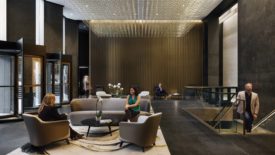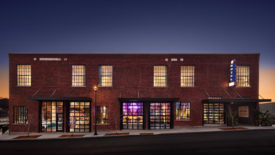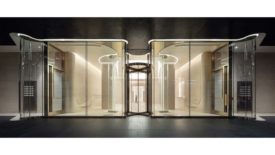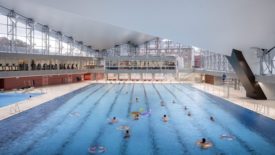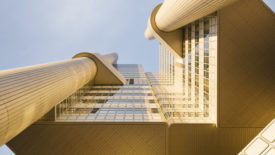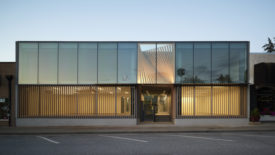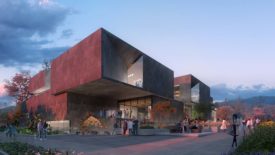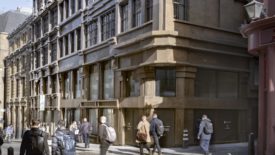Reuse and Renovation
Architectural Record focuses on architectural preservation, renovation, restoration, and adaptive reuse.
ARTICLES
Record Interiors 2024
Vocon and MdeAS Architects Polish Up Eero Saarinen’s ‘Black Rock’ CBS Building in New York
New York
Read More
Case Study: Glass & Glazing
Kohn Pedersen Fox Revamps a New York Lobby with Art Nouveau–Inspired Glazing
New York
Read More
EVENTS
Copyright ©2024. All Rights Reserved BNP Media.
Design, CMS, Hosting & Web Development :: ePublishing
.jpg?height=168&t=1713468361&width=275)

